Lumen requirements
e-w-031
10 years ago
Related Stories
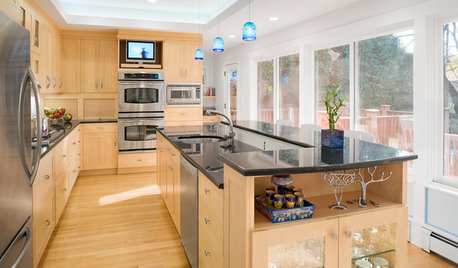
UNIVERSAL DESIGNHow to Light a Kitchen for Older Eyes and Better Beauty
Include the right kinds of light in your kitchen's universal design plan to make it more workable and visually pleasing for all
Full Story
LIGHTINGWhat to Know About Switching to LED Lightbulbs
If you’ve been thinking about changing over to LEDs but aren't sure how to do it and which to buy, this story is for you
Full Story
CONTAINER GARDENSContainer Garden Basics: How and When to Water Potted Plants
Confused about soil moisture, the best time to water and what watering device to use? This guide can help
Full Story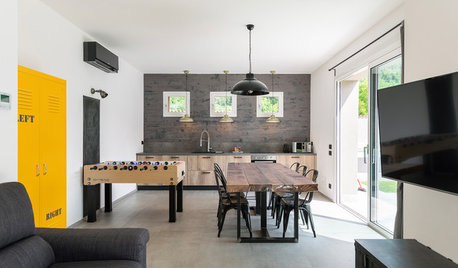
REMODELING GUIDESKey Measurements: Recreation Rooms Rule
Planning to fix up the basement or build an addition for game tables? Learn what will fit and what you might want to include
Full Story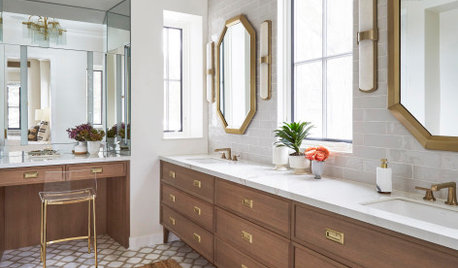
BATHROOM WORKBOOKA Step-by-Step Guide to Designing Your Bathroom Vanity
Here are six decisions to make with your pro to get the best vanity layout, look and features for your needs
Full Story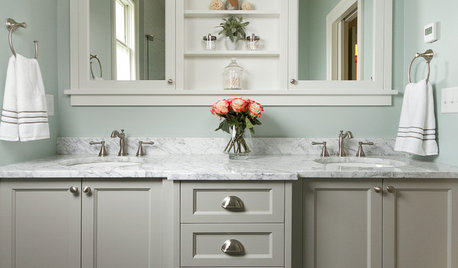
BATHROOM DESIGNShould You Get a Recessed or Wall-Mounted Medicine Cabinet?
Here’s what you need to know to pick the right bathroom medicine cabinet and get it installed
Full Story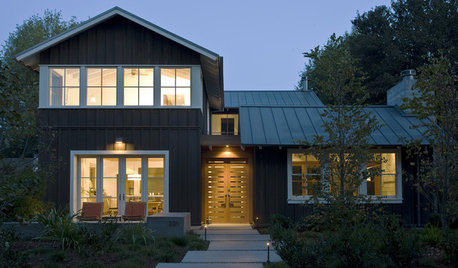
LIGHTINGHow to Choose the Right Solar Lights
Learn about different types of outdoor solar lights, where to use them and why you might want to avoid the bargain bin
Full Story
LIGHTINGThe Lowdown on High-Efficiency LED Lighting
Learn about LED tapes, ropes, pucks and more to create a flexible and energy-efficient lighting design that looks great
Full Story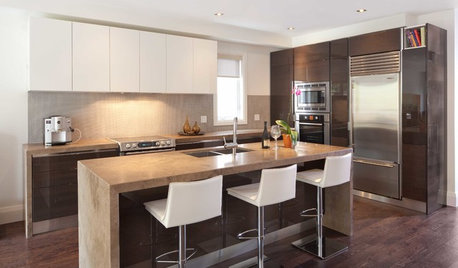
LIGHTINGGet Your Home's Recessed Lighting Right
Learn the formula for how much light a room needs plus how to space downlights, use dimmers and more
Full Story
HOME TECHMeet the New Super Toilets
With features you never knew you needed, these toilets may make it hard to go back to standard commodes
Full StorySponsored
Professional Remodelers in Franklin County Specializing Kitchen & Bath
More Discussions






art33
e-w-031Original Author
Related Professionals
Londonderry Landscape Architects & Landscape Designers · Simi Valley Landscape Architects & Landscape Designers · Zion Landscape Architects & Landscape Designers · Norwood Landscape Contractors · Lake Saint Louis Landscape Contractors · Lakeville Landscape Contractors · Lehigh Acres Landscape Contractors · Mount Kisco Landscape Contractors · North Ridgeville Landscape Contractors · West Covina Landscape Contractors · Vienna Handyman · Mays Chapel Fence Contractors · Santa Ana Fence Contractors · Tavares Fence Contractors · Franklin Fence Contractorsart33
mister_guy